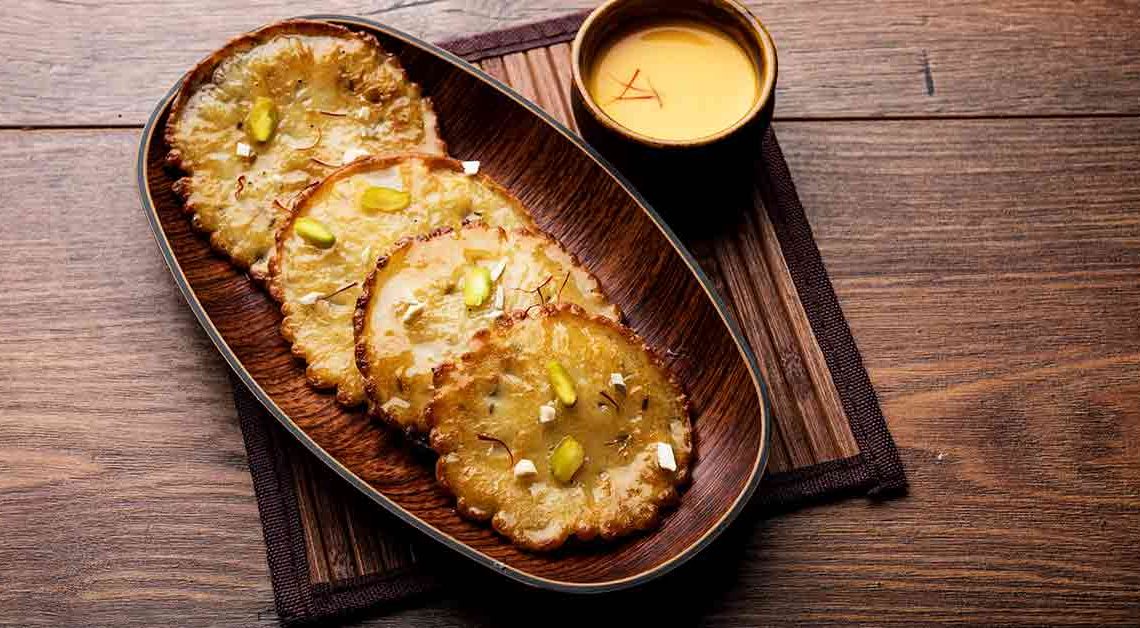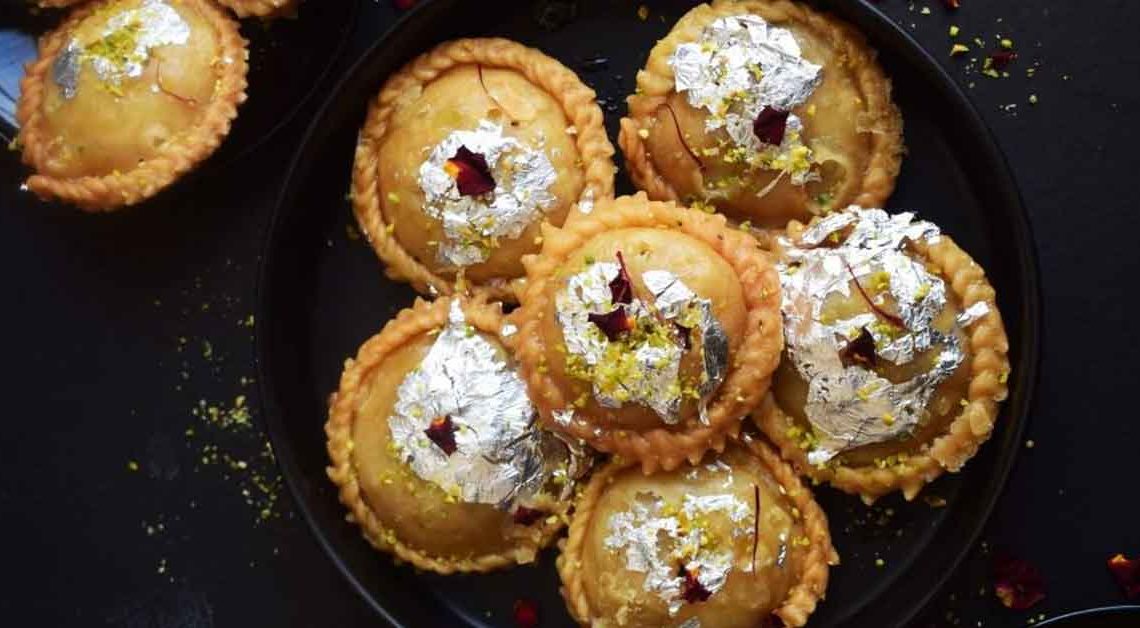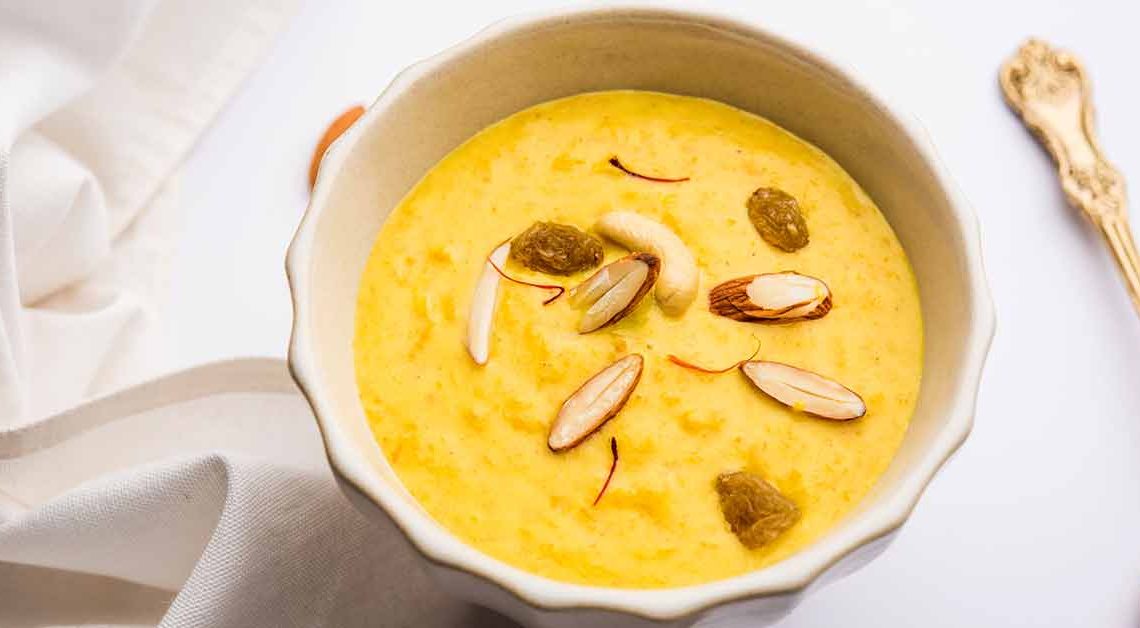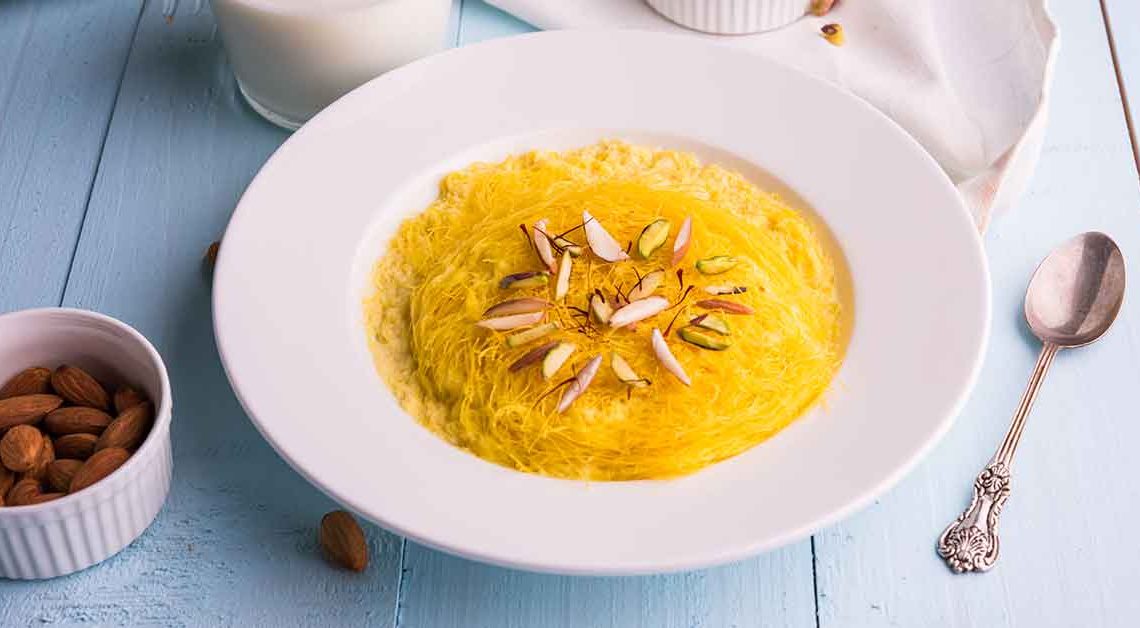Malpuas and Giggles – the tastiest way to get your daily dose of laughter!

Eating malpua is like taking a journey through the flavors of India – its spices, sweetness, and crunchy texture is a delight for all the senses. Making Malpua is like embarking on a treasure hunt: you start with simple ingredients but each step of the way leads to something more exciting and delicious!
Imagine sinking your teeth into a delectable disc of deep-fried goodness, its edges crispy and golden, while the center oozes with a syrupy indulgence. Malpua, a traditional Indian pancake, holds within its humble form a symphony of aromatic spices, luscious dairy, and the essence of love and tradition.
But Malpua is more than just a dessert. It is a cherished tradition, an art passed down through generations, and a symbol of celebrations and festivities in India. From the bustling streets of Delhi to the serene ghats of Varanasi, this beloved treat holds a special place in the hearts of food lovers across the country.
Origin of Malpua
The origins of Malpua can be traced back to ancient India, where it emerged as a cherished sweet treat deeply rooted in tradition and culture. This delectable dessert holds a significant place in the country’s culinary history, evolving over time to become a beloved delicacy enjoyed during festive occasions and celebrations.
The word “Malpua” derives from the Sanskrit words “mal” meaning a cream-like consistency and “pua” referring to a sweet pancake. This aptly describes the essence of this delectable dish—a rich, fluffy pancake soaked in a fragrant sugar syrup.
Its earliest mentions can be found in ancient scriptures and texts such as the Mahabharata and Ramayana, which date back thousands of years. The preparation and consumption were often associated with religious rituals and offerings to deities.
Today, it continues to be a cherished dessert enjoyed during festivals like Holi, Diwali, and Eid, as well as special occasions like weddings and family gatherings. Its irresistible taste and cultural significance have made it a timeless favorite, ensuring that the legacy lives on, tantalizing taste buds with its sweet allure.
History of Malpua
The history of Malpua dates back centuries, intertwining with the rich cultural tapestry of India. This beloved dessert has evolved over time, gaining popularity and earning a special place in the hearts and palates of people across the country.
During the Mughal era, Malpua gained prominence as a royal delicacy, enjoyed by the kings and nobles. The Mughals brought their culinary expertise and refined techniques, infusing them into the local cuisine. It is said that Emperor Akbar, known for his love for indulgent feasts, particularly favored Malpua.
This delectable sweet also became synonymous with religious festivities and celebrations. It became an integral part of offerings made to deities during Hindu festivals like Holi, Diwali, and Navratri. The preparation and consumption of it during these occasions became a cherished tradition, symbolizing prosperity and good fortune.
Malpua pairs exceptionally well with Rabri, a thick and creamy sweetened milk-based dessert. The combination of the warm, syrup-soaked Malpua and the chilled, luscious Rabri creates a harmonious blend of textures and flavors that will truly tantalize your taste buds.
Cultural Significance
Malpua holds significant cultural importance in India, transcending its status as a delectable dessert. It is deeply intertwined with various traditions, festivities, and religious rituals, making it an integral part of the country’s culinary heritage.
Festivals and Celebrations: It is prominently associated with religious festivals and celebratory occasions. During festivals like Holi, Diwali, and Navratri, families prepare and share as a symbol of joy, abundance, and togetherness.
Ritual Offerings: It plays a significant role in religious rituals and offerings. It is commonly prepared as a prasad (sacred offering) in temples, particularly during Navratri and Durga Puja.
Wedding Celebrations: In Indian weddings, holds a special place on the dessert menu. It is often served as a traditional sweet to honor the newlywed couple and add a touch of cultural richness to the celebrations.
Where is Malpua Famous?
Malpua is famous and widely enjoyed across various regions of India. While it has a strong presence throughout the country, there are a few regions which hold particular significance and popularity. Here are some places where it is notably famous:
Rajasthan: It is highly cherished in the state of Rajasthan. It is a traditional dessert commonly prepared and relished during festivals, weddings, and special occasions. Rajasthani Malpua is typically made using a batter of flour, milk, and semolina, flavored with cardamom and saffron.
West Bengal: It holds a special place in Bengali cuisine. Bengali Malpua is distinct in its preparation, as it includes mashed ripe bananas in the batter, which lends a unique flavor and texture to the dessert.
Uttar Pradesh: These states also have a strong affinity for sweets. In Uttar Pradesh, it is typically made with a batter of flour, khoya (reduced milk solids), and mashed ripe bananas. It is deep-fried and then soaked in sugar syrup.
Interesting Facts and Trivia
Certainly! Here are some interesting facts and trivia related to Malpua:
- It is considered one of the oldest recorded desserts in the Indian subcontinent, with references dating back thousands of years. It finds mentions in ancient texts like the Mahabharata and Ramayana.
- This showcases diverse regional variations across India. Each state and community adds its own unique flavors and ingredients to the recipe, resulting in distinct variations. For example, Rajasthani Malpua is often flavored with saffron and cardamom, while Bengali Malpua includes mashed bananas.
- It is often offered as a prasad (sacred food offering) in Hindu temples during festivals and religious ceremonies. Devotees believe that consuming Malpua as prasad brings blessings and good fortune.
- It holds a special significance during festivals such as Holi and Diwali. It is prepared and shared among families and communities as a sweet treat to celebrate these joyous occasions.
- It is typically deep-fried to achieve its characteristic texture and golden color. Interestingly, the method of frying can vary. Some prefer shallow frying, while others opt for deep frying.
Did You Know?
Did you know that Malpua, besides being a delectable treat, offers some health benefits when consumed in moderation?
- It is made with ingredients like flour, milk, and sometimes fruits, offering a decent nutritional profile. It provides essential nutrients such as carbohydrates, proteins, and calcium from milk, which contribute to energy production and bone health.
- Malpua’s combination of carbohydrates and proteins can provide a feeling of satiety and sustained energy. This can be particularly beneficial when consumed as a part of a balanced meal, helping to keep hunger at bay and maintaining energy levels throughout the day.
- Certain variations of it, such as those flavored with saffron and cardamom, contain natural antioxidants. These antioxidants help protect the body against free radicals, potentially reducing oxidative stress and promoting overall health.
- Enjoying traditional and culturally significant foods can have positive effects on emotional well-being. Sharing sweets during festivals and celebrations fosters a sense of belonging and joy, promoting a positive state of mind.
- While Malpua offers some benefits, it is important to consume it in moderation. It is typically fried and soaked in sugar syrup, making it a high-calorie dessert.







